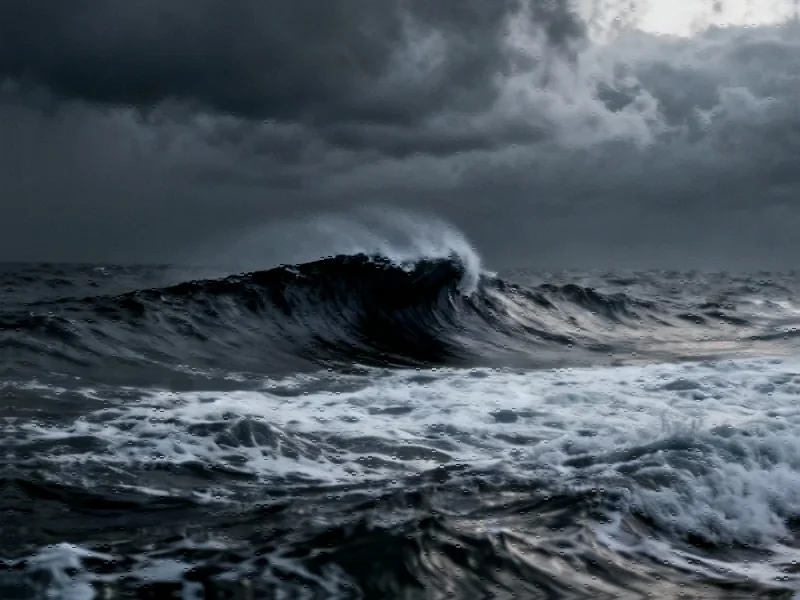Breakthrough in Nonlinear Wave Modeling
Researchers have developed novel exact traveling wave solutions for the (3+1)-dimensional shallow water wave equation using enhanced mathematical approaches, revealing previously unexplored wave propagation patterns and interaction dynamics. This breakthrough represents a significant advancement in coastal hydrodynamics with direct implications for tsunami prediction, tidal analysis, and marine hazard prevention. The study employs an Improved Modified Extended Tanh-Function Method (IMETFM) to generate a diverse spectrum of solutions surpassing the variety and generality reported in previous research.
Beyond Traditional Wave Equation Solutions
Unlike conventional approaches that typically yield limited solution types, this methodology produces dark solitons, singular solutions, periodic waves, hyperbolic forms, Jacobi elliptic functions, rational expressions, and exponential solutions. The comprehensive nature of these solutions provides unprecedented insight into complex wave behaviors that occur in shallow water environments. These findings are particularly relevant for understanding advanced mathematical solutions in fluid dynamics and their practical applications.
Computational Framework and Methodology
The IMETFM approach represents a significant evolution beyond traditional solution methods for nonlinear evolution equations (NLEEs). This enhanced technique builds upon established methodologies including the extended Sinh-Gordon equation expansion, modified extended direct algebraic method, and modified Sardar Sub-Equation Method. The computational framework demonstrates superior capability in handling high-dimensional nonlinear systems, offering researchers powerful tools for modeling complex physical phenomena. The methodology’s effectiveness highlights the importance of recent technology advancements in computational mathematics.
Bifurcation Analysis and Stability Assessment
A comprehensive bifurcation analysis forms a crucial component of the research, elucidating the stability and phase transitions of the derived wave solutions. This analytical approach provides deeper insight into wave behavior under varying conditions, revealing how small parameter changes can trigger significant qualitative transitions in wave dynamics. The stability assessment offers valuable information for predictive modeling, particularly in scenarios involving extreme wave events where understanding industry developments in safety systems becomes critical.
Graphical Visualization and Physical Interpretation
High-resolution graphical visualizations quantitatively demonstrate wave amplification and nonlinear interactions, confirming the method’s superiority in capturing complex physical phenomena. These visual representations provide intuitive understanding of how different wave solutions manifest in physical systems, from gentle periodic waves to intense singular solitons. The graphical analysis bridges the gap between abstract mathematical solutions and tangible physical behaviors, reflecting broader related innovations in scientific visualization techniques.
Applications in Environmental Monitoring and Hazard Prevention
The practical implications of this research extend significantly beyond theoretical mathematics. Enhanced predictive models derived from these solutions can improve early warning systems for tsunamis and storm surges, potentially saving lives and reducing economic losses in coastal communities. The ability to accurately model multidirectional wave interactions in shallow water environments represents a crucial advancement for coastal engineering and marine resource management. These applications demonstrate how mathematical breakthroughs can address market trends toward more resilient infrastructure systems.
Comparative Advantage Over Existing Models
The (3+1)-dimensional shallow water wave equation offers distinct advantages over lower-dimensional models like the Korteweg-de Vries (KdV) equation by capturing spatial variations in three dimensions. This capability makes it particularly suitable for studying complex phenomena such as rogue waves, tidal bore interactions, and tsunami propagation patterns. The equation’s structure, governed by parameters controlling nonlinear and dispersive properties, provides a more comprehensive framework for understanding real-world wave behaviors across various industry developments in fluid dynamics.
Future Research Directions and Implications
This research opens several promising avenues for future investigation, including potential applications in plasma physics, nonlinear optics, and atmospheric science. The demonstrated effectiveness of IMETFM suggests it could be adapted to solve other challenging nonlinear evolution equations across scientific disciplines. As computational power continues to advance, these mathematical approaches will likely play an increasingly important role in understanding and predicting complex natural phenomena, contributing to safer and more sustainable interactions with our environment.
The study represents a significant step forward in nonlinear wave theory, providing both theoretical insights and practical tools for researchers and engineers working in coastal hydrodynamics, environmental monitoring, and disaster prevention. The combination of novel mathematical techniques with comprehensive analysis establishes a new standard for excellence in computational fluid dynamics research.
This article aggregates information from publicly available sources. All trademarks and copyrights belong to their respective owners.
Note: Featured image is for illustrative purposes only and does not represent any specific product, service, or entity mentioned in this article.



